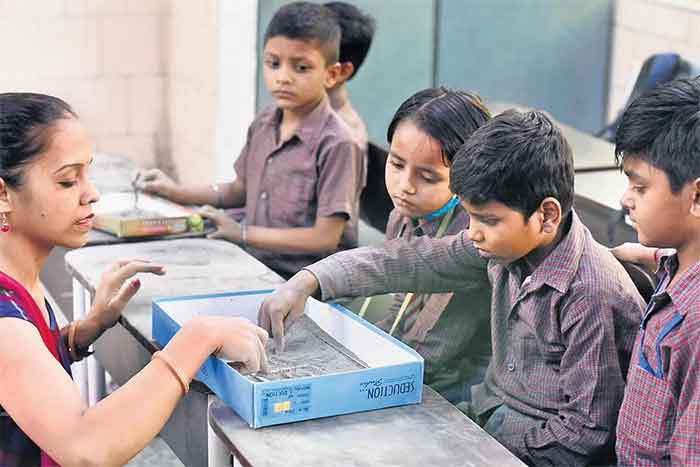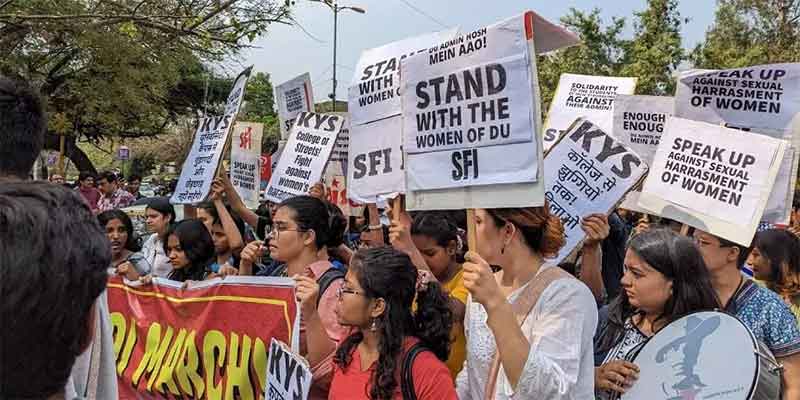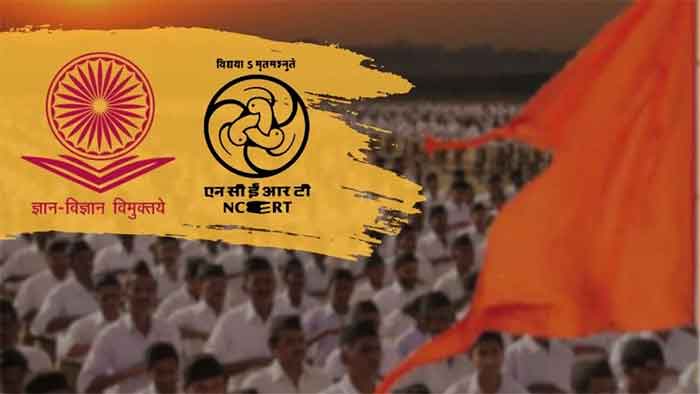As children go back to school, a Delhi government programme to close the gap that has taken place in learning during the pandemic is helping in more ways than one.

Pooja, a student in a government school in Saket, Delhi had been waiting to return to school for the past two years. As the classes commenced online during the pandemic, she missed almost all the classes because she did not have a mobile phone. “I used to go to my friend’s house so that I could attend the online class. But I mostly stayed and helped at home while my mother went out to work,” she said.
She has recently started to go to school and says that: “My teachers are helping me a lot. I had missed many classes and some of my friends learnt a lot of things that I had missed during this time. My teachers are now helping me to cope with extra classes that have commenced offline.”
Pooja who has been promoted to class seven this year says: “I am very happy that I am finally able to go to school. I am trying to cover most of the missed course before my new classes start so that I know what my friends learnt.” Pooja wants to work with computers when she grows up.
Her school has started classes under ‘Mission Buniyaad’ — a programme to close the learning gap that had emerged among primary school students due to the pandemic and subsequent closure of schools. The programme was first launched by the Delhi government in February 2018 to improve the learning skills of children studying in schools run by the state and the municipality. Under this, students are now being provided with extra classes during the span of the summer vacation. Once schools opened up, it was once again put into gear.
Meetu Kumari, teacher in a government school in Rohini, North-west Delhi said: “This programme has been started for children of class III to VIII as many of the students were lagging behind. Some of them had gone back to their village when the schools closed. In fact, many students missed online classes as their parents could not help them. The parents had not attended school themselves and hence did not understand how to help their child.” However, she added that most students in classes X to XI had somehow attended online school since those are important years. The students found ways to procure a phone with an internet connection.
According to Kumari, students of primary section had incurred a gap of almost two years due to which many “could not form proper sentences in Hindi or do basic operations like addition and subtraction in Maths or sometimes even recognise numbers,” which was necessary and basic for the class they had been promoted to.
Several teachers and schools adopted different methods to help students cope with the learning gap. Teachers in several schools also claimed that they had received training and help from mentor teachers working in Mission Buniyaad on how to handle the learning gap and these strategies were very useful.
Kumari explained how Mission Buniyaad was executed. The children were divided into groups according to their level of competence. For example, students who could not recognise numbers or read Hindi words have been put in level I group, while those who can recognise numbers but did not know how to multiply were placed in level II.
Maithili, a teacher at a school in Jamia Nagar detailed the exercise: “We have made divisions according to old and new students of each class in primary school. They sit together as the teacher covers the course of that respective class.” She explained that this helps both students simultaneously. For example, students who were in class six and have been promoted but need to learn the course (old students) and students that have just reached class six (new students) learn together to bridge the gap.
Another teacher, who did not wish to be named, explained further: “Proper exams could not be conducted during the time when online classes were being held. All the students were promoted on the basis of internal assessments that they completed at home as that was the only way possible. That could be one of the reasons that the learning gap has emerged.”
The classes in Pooja’s school under Mission Buniyaad have started from April 11 and will go on till June 15, allotting a little more than two months for the students who could not attend online classes. The new session starts from July in which all students, including those who were suffering backlog, will continue with their actual classes.
Kumari says that it is hard to judge current improvement as the programme is at an early stage but “the students are showing steady progress.”
Many students, owing to different reasons, had faced inevitable discontinuation in their schooling as the schools went online during the pandemic. Pooja’s mother Shanti, a single mother and a resident of Neb Sarai Basti, has three daughters. All of them, two girls in class VII and one in class VI, were not able to attend classes because they did not have a mobile phone. Shanti says: “I am not educated, but I wanted my daughters to get education so that they can fend for themselves.” Shanti works as a ragpicker in the area close to her home.
Challenges to online classes
The learning gap obviously occurred during the pandemic due to the inability of several children to access classes on smart phones. Netra, a housewife and mother of two girls and a son who lives in Saidulajab area of Saket said: “My husband works with some construction companies. He has to take the phone with him, so we did not have a phone at home.”
Rajesh, who irons clothes in Palam Vihar in the NCR region also faced a similar challenge. He said: “I have two children and there is only one phone at home. Both of them had to either adjust to the timings or miss out on their studies. Most of the times they kept on fighting for the phone.”
In fact, even if students could study online, many parents were apprehensive of continuing the education as they felt that they had been burdened with the task of educating the child by themselves. They preferred to skip the year and send their child to school only when the offline classes commenced. Sarita, a resident of Harijan Basti, Dwarka said: “When online classes started, I had to sit with my eight-year-old son to make him study. I have myself not completed my studies, how was I supposed to help him.” The burden fell on the parents, and many were not able to cope.
Network too became an issue for many families. They said that many a time either mobiles do not catch the network, electricity was not available or there was no money for internet recharge. However, the good news is that most of the students who could not attend online classes wished to go back to school once offline classes commenced. And that’s where Mission Buniyaad helped. It nudged parents to get their children back to school. ENDS
This article, earlier published in Daily Pioneer, is written as a part of the WNCB Awards for Untold Stories on child labour.
Aiman Siddiqui is a winner of the WNCB Awards for Untold Stories on child labour. Share your feedback on [email protected]
Charkha Features















































